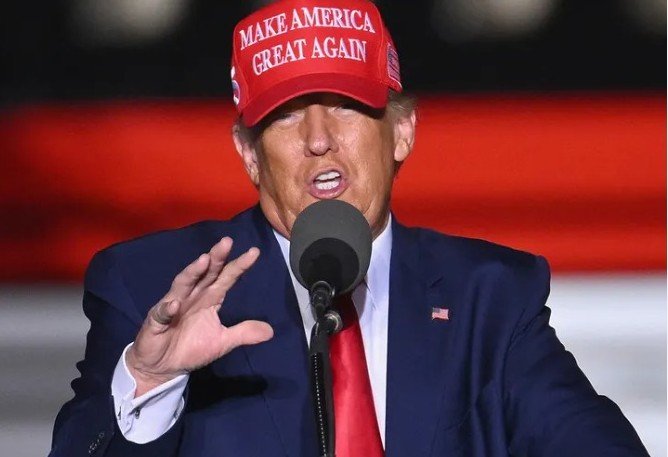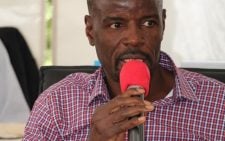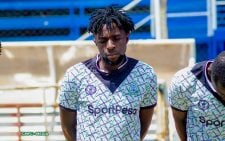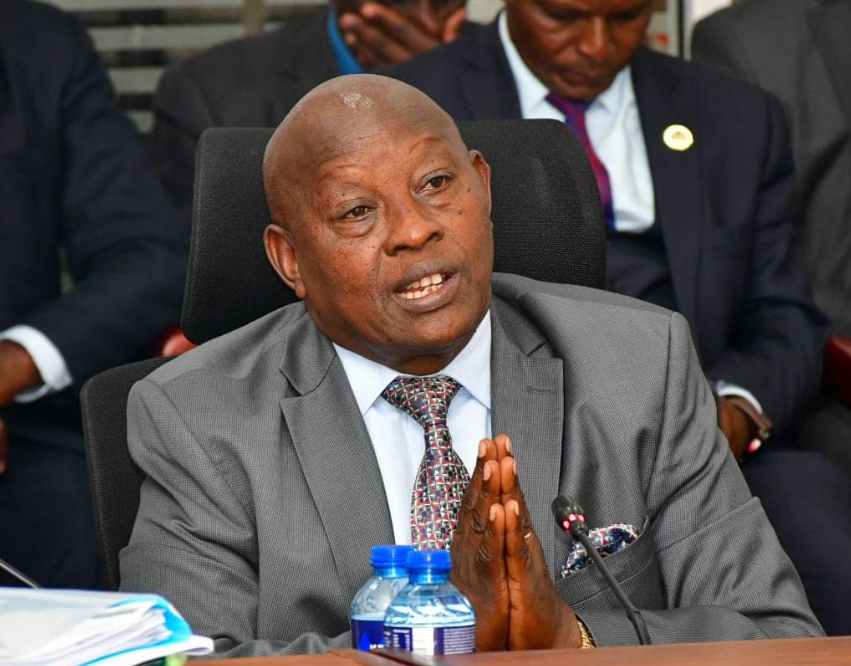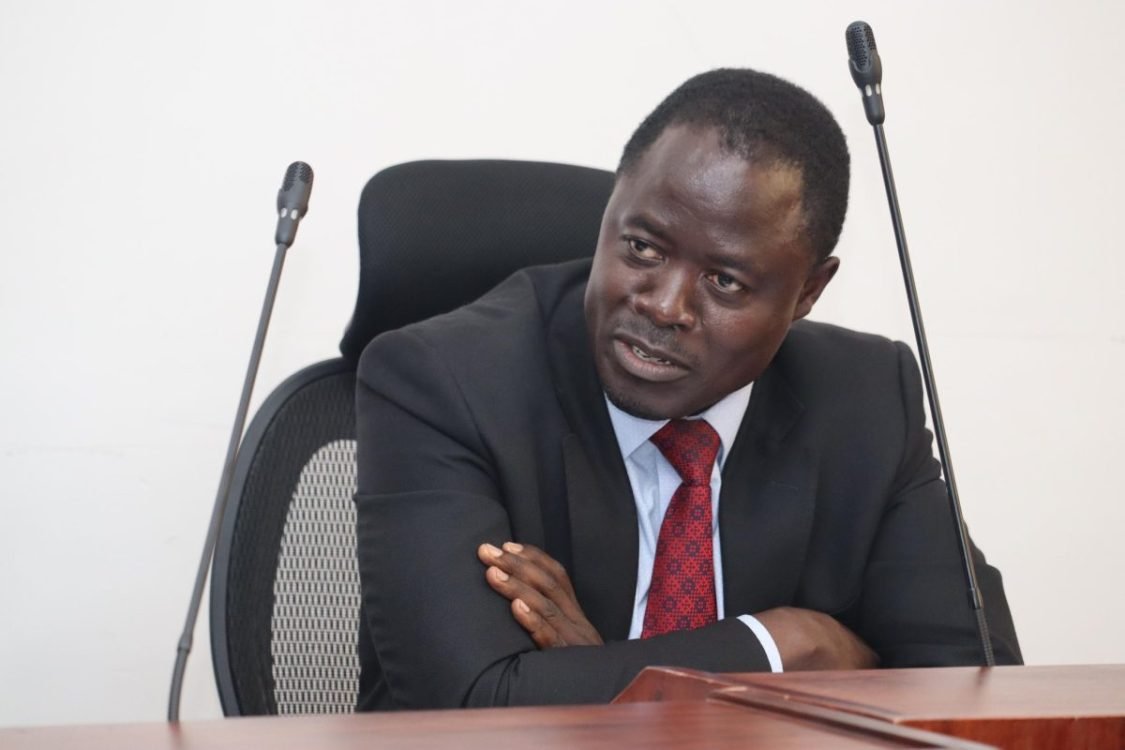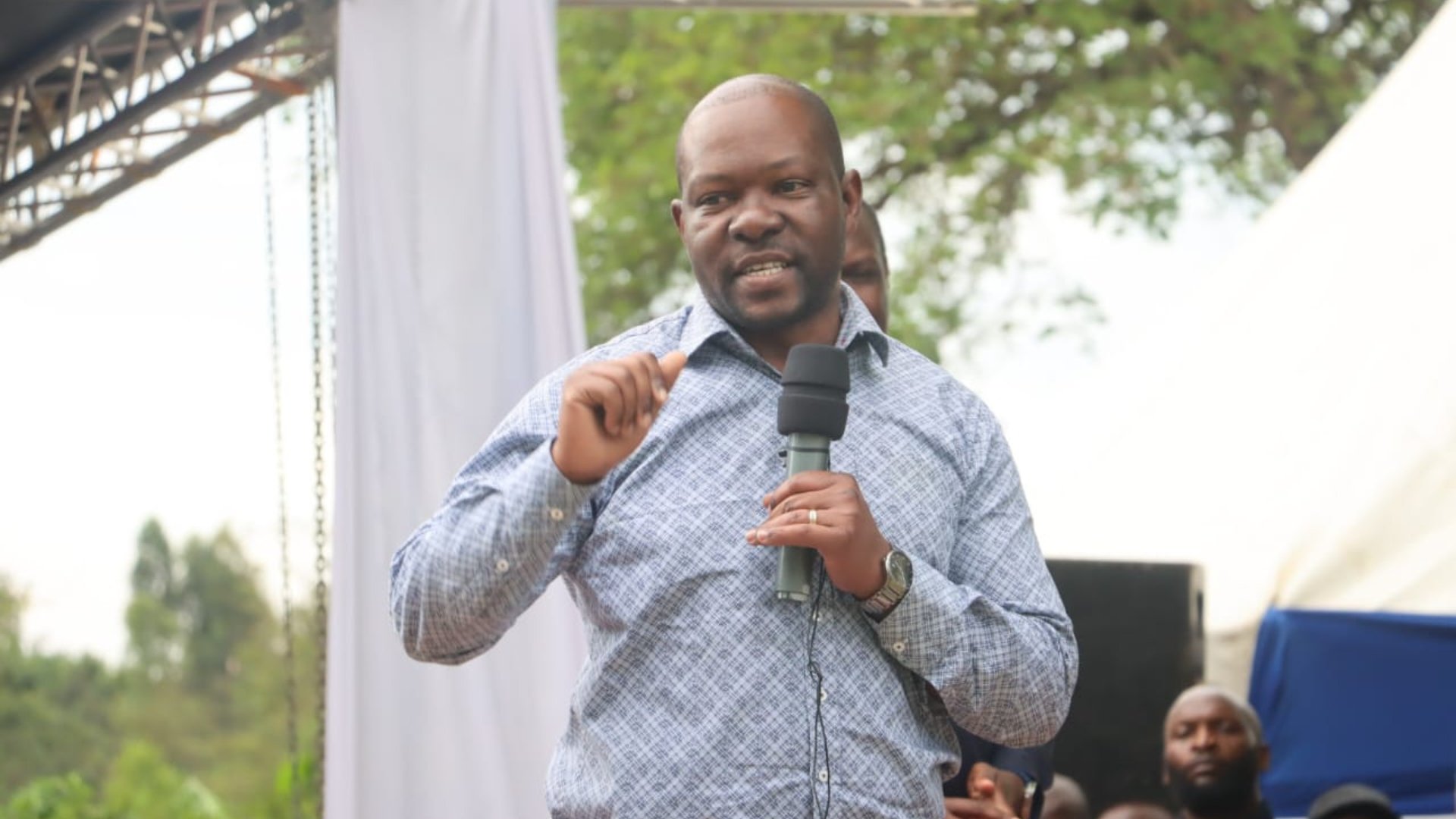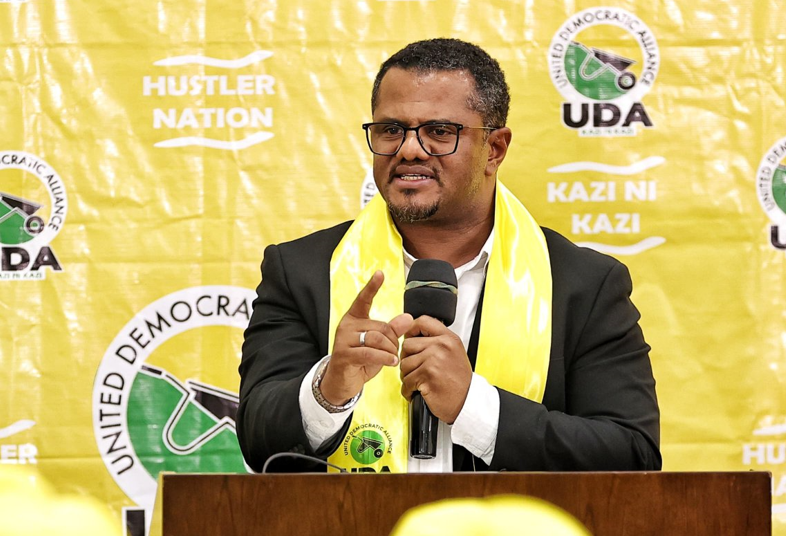Mixed reactions for new floating bridge users

The Likoni ferry crossing channel is undoubtedly a spot that triggers mixed feelings amongst its diverse users.
While for some people, a visit to the port city of Mombasa can sound almost incomplete without the experience of crossing the channel aboard the wobbling ferries coupled with the excitement of surrounding the turquoise ocean, some, especially the daily users, will say crossing the channel is almost a nightmare.
A series of horrific mishaps sometimes occasioned by midstream stalling of the vessels or congestion among other challenges have over the years diluted the joy of crossing the channel.
On several occasions, the vessels have stalled and fatal accidents have occurred at the ferry crossing.
Besides, the crossing is famous for rampant cases of pickpocketing, an issue where pickpockets are known to steal from ferry passengers during the jamming whenever the passengers wiggle to get aboard the vessel.
And like a voracious wild cannibal on the loose, the channel has over the years continued to consume souls in mysterious ways.
Horrific moments
The evening of September 29, 2019, will perhaps go down the memory lane as perhaps one of the most horrific moments for hundreds of ferry users who witnessed the chilling incident in which the late Mariam Kighenda and her four year-old daughter Amanda Mutheu died after their car plunged into the sea.
It was shortly after 6.00 PM, during the peak hours in Mombasa. All the four ferries were operating when Kighenda’s vehicle which was at the extreme rear side of the Island bound MV Harambee Ferry, mysteriously reversed and plunged into the ocean while the ferry was midstream.
That day, hundreds of ferry users watched helplessly, as the mother and daughter drowned in what many recall as “traumatising.”
After 13 days of intense search, the vehicle containing the two bodies was retrieved from 58m deep by a multi-agency search team.
For decades now, the ferry crossing has played a pivotal role in linking the island to the mainland south of Mombasa and therefore Mtongwe and Likoni ferries offer the only infrastructural lifeline between the two areas.
Unlike the northern side of Mombasa that is linked by bridges Mtwapa, Kilifi and Sabaki, the South Coast depends solely on the channel. An estimated 300,000 ferry users use the channel daily according to Kenya Ferry Services.
Efforts to solve the equation of congestion through deployment of additional new ferries has proved challenging especially under the context of Covid-19 pandemic, where social distance requirement has proved practically impossible at the ferry.
But the government came up with the Sh1.9 billion Liwatoni Pedestrian Floating Bridge which was commissioned by President Uhuru Kenyatta December 10, 2020 as a solution to the recurrent crisis at the crossing channel.
“We started to build this bridge because of what we saw people suffering at the ferry during this Covid-19 period.
This bridge will now help reduce time taken to cross the Likoni channel, this will ease movements” said Kenyatta.
The sea link, the first of its kind in East Africa, will take up most of the foot traffic across the Kilindini Channel by linking Liwatoni on Mombasa Island with Ras Bofu in Likoni mainland.
Shipping services
The bridge is now operational decongesting the ferry crossing channel which has been in service since 1937 to cater for vehicular and cargo traffic without disrupting shipping services.
According to Transport Cabinet Secretary James Macharia the 1.2km bridge will be completed in a record speed of slightly over five months, surpassing the original target of six months, a progress he credited to deployment of improved technology brought about by China Roads and Bridges Construction Company.
The floating bridge project is part of the government’s move to decongest the Likoni ferry crossing in a move to manage and contain the spread of Covid-19 infection.
“In mid July, we did an assessment on what measures to take on the pandemic in the transport sector.
It emerged that the public transport sector was the main conduit in terms of transmission.
Way back in March we estimated that 90 percent of the transmission was coming through public transport.
Mombasa was a hotspot particularly because of the congestion at the ferry crossing,” Macharia said.
“One morning, the president viewed passengers queuing up to two kilometers to board the ferry because of social distancing and directed the ministry to come up with an emergency intervention to address the situation.”
According to Kenya National Highway Authority (Kenha), the bridge will be 800 meters long and will have a six-metre wide walkway.
Then there will be a 150m long movable section in the middle of the bridge that can flip outwards and inwards to open and pave way for income and outgoing ships to and from the port of Mombasa.
The floating bridge deck which spans six meters wide will be connected by pins and hinges with guard rails mounted on either side of the deck.
The bridge is expected to help deal with at least 50 percent of pedestrian congestion at the Likoni crossing.
It is a development that could signal the beginning of an end to the Kenya Ferry Service as part of its services including management of the bridge will be taken over by Kenya Ports Authority (KPA).
“Because KPA has got massive capacity, it will be working together with Kenha to operate this bridge.
That’s why it was announced recently that we shall collapse Kenya Ferry Services into KPA. Because most of the KFS work will now be done by this bridge,” said Macharia.
